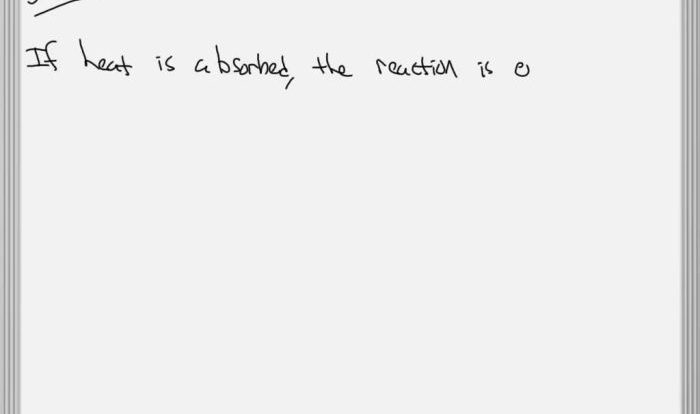Introducing the Naming Ionic and Covalent Bonds Worksheet, an invaluable resource designed to illuminate the intricacies of chemical bonding. This comprehensive guide delves into the fundamental concepts of ionic and covalent bonds, empowering learners with the knowledge and skills to decipher and comprehend the molecular architecture of the world around them.
Throughout this worksheet, we will explore the defining characteristics of ionic and covalent bonds, unraveling their distinct properties and behaviors. By mastering the rules for naming these bonds, students will gain a deeper understanding of chemical nomenclature, paving the way for further exploration in chemistry and related fields.
Ionic and Covalent Bonds: Key Concepts
Ionic and covalent bonds are two types of chemical bonds that hold atoms together to form molecules and compounds.
Ionic bonds are formed between atoms of metals and non-metals. When a metal atom loses one or more electrons, it becomes a positively charged ion. When a non-metal atom gains one or more electrons, it becomes a negatively charged ion.
The oppositely charged ions are attracted to each other by electrostatic forces, forming an ionic bond.
Covalent bonds are formed between atoms of non-metals. When two non-metal atoms share one or more pairs of electrons, they form a covalent bond. The shared electrons are attracted to the nuclei of both atoms, forming a covalent bond.
Ionic bonds are typically stronger than covalent bonds. Ionic bonds are formed by the complete transfer of electrons, while covalent bonds are formed by the sharing of electrons. The complete transfer of electrons in ionic bonds results in a stronger electrostatic attraction between the ions.
Examples of Ionic and Covalent Bonds
- Sodium chloride (NaCl) is an ionic compound. Sodium is a metal, and chlorine is a non-metal. When sodium loses an electron, it becomes a positively charged sodium ion (Na+). When chlorine gains an electron, it becomes a negatively charged chloride ion (Cl-).
The sodium ion and the chloride ion are attracted to each other by electrostatic forces, forming an ionic bond.
- Water (H2O) is a covalent compound. Hydrogen is a non-metal, and oxygen is a non-metal. When two hydrogen atoms share their electrons with an oxygen atom, they form covalent bonds. The shared electrons are attracted to the nuclei of all three atoms, forming covalent bonds.
Naming Ionic and Covalent Bonds
The rules for naming ionic and covalent bonds are different.
Ionic bonds are named by using the names of the metal and non-metal ions. The name of the metal ion is written first, followed by the name of the non-metal ion. For example, the ionic bond in sodium chloride is named sodium chloride.
Covalent bonds are named by using the names of the atoms that are sharing electrons. The name of the first atom is written first, followed by the name of the second atom. For example, the covalent bond in water is named hydrogen-oxygen.
| Bond Type | Naming Rules |
|---|---|
| Ionic | Name of metal ion + Name of non-metal ion |
| Covalent | Name of first atom + Name of second atom |
Examples of Naming Ionic and Covalent Bonds
- The ionic bond in sodium chloride is named sodium chloride.
- The covalent bond in water is named hydrogen-oxygen.
- The ionic bond in potassium fluoride is named potassium fluoride.
- The covalent bond in methane is named carbon-hydrogen.
Practice Problems: Naming Ionic And Covalent Bonds Worksheet
- Name the ionic bond in calcium oxide.
- Name the covalent bond in ammonia.
- Name the ionic bond in magnesium chloride.
- Name the covalent bond in carbon dioxide.
Answer Keys, Naming ionic and covalent bonds worksheet
- Calcium oxide
- Ammonia
- Magnesium chloride
- Carbon dioxide
Applications of Ionic and Covalent Bonds
Ionic and covalent bonds are used in a wide variety of applications in everyday life.
Ionic bonds are used in batteries, fuel cells, and other electrochemical devices. Covalent bonds are used in plastics, fabrics, and other materials.
Here are some specific examples of how ionic and covalent bonds are used in different industries:
- Batteries: Ionic bonds are used to hold the electrodes in place in batteries. The electrodes are made of metal ions, and the electrolyte is made of non-metal ions. The ionic bonds between the electrodes and the electrolyte allow the battery to store and release energy.
- Fuel cells: Fuel cells use ionic bonds to convert chemical energy into electrical energy. The fuel cell contains an anode and a cathode. The anode is made of a metal, and the cathode is made of a non-metal. The ionic bonds between the anode and the cathode allow the fuel cell to generate electricity.
- Plastics: Covalent bonds are used to hold the atoms together in plastics. Plastics are made of long chains of carbon atoms. The carbon atoms are bonded together by covalent bonds. The covalent bonds between the carbon atoms give plastics their strength and durability.
- Fabrics: Covalent bonds are used to hold the atoms together in fabrics. Fabrics are made of fibers. The fibers are made of long chains of atoms. The atoms are bonded together by covalent bonds. The covalent bonds between the atoms give fabrics their strength and durability.
Questions Often Asked
What is the difference between ionic and covalent bonds?
Ionic bonds involve the complete transfer of electrons between atoms, resulting in the formation of charged ions. Covalent bonds, on the other hand, involve the sharing of electrons between atoms, creating a strong bond between them.
How do I name ionic compounds?
To name ionic compounds, first identify the metal and non-metal elements involved. The metal element is named first, followed by the non-metal element with the suffix “-ide”.
How do I name covalent compounds?
To name covalent compounds, use prefixes to indicate the number of each type of atom present in the molecule. The prefixes are followed by the root name of the element and the suffix “-ane”.

